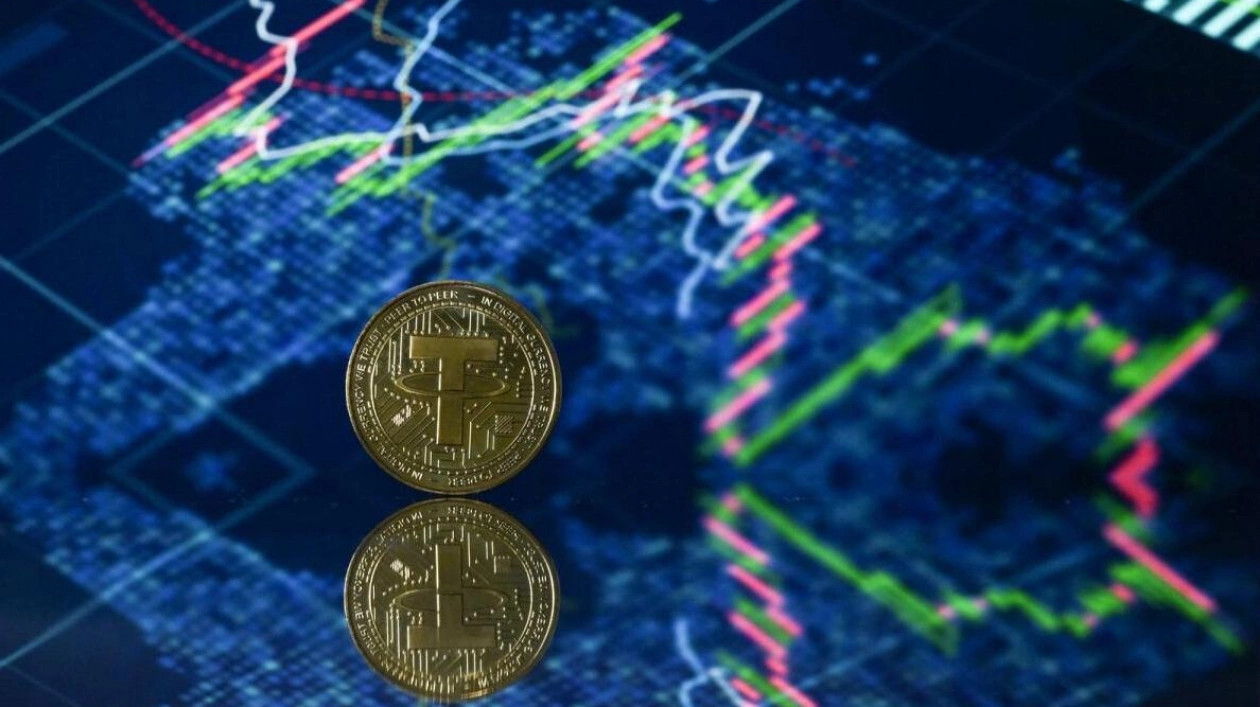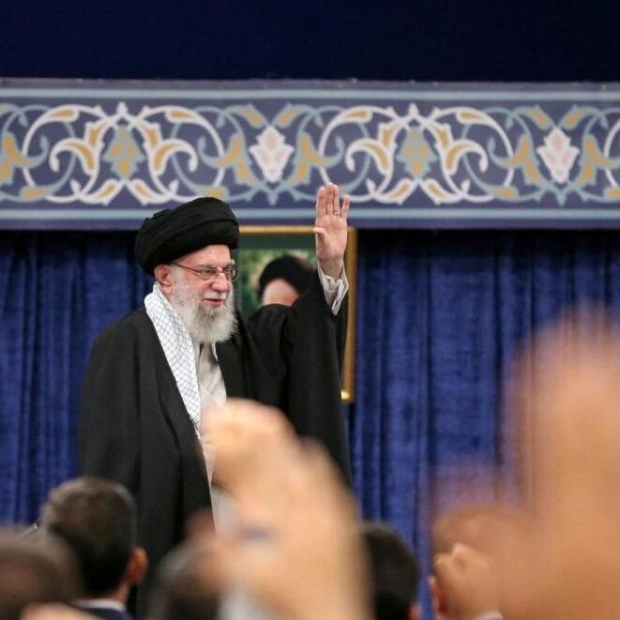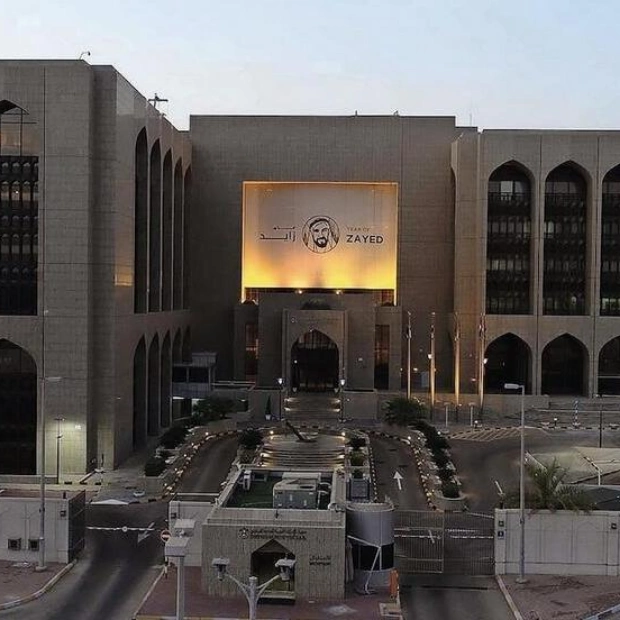2024 is shaping up to be a pivotal year for stablecoins in the UAE. During the first half of the year, the total value of stablecoins received by services, especially on centralised and decentralised exchanges (CEX and DEX) in the country, reached over $9.8 billion, marking a 55 percent increase from the $6.3 billion recorded in H1 2023. As a result, stablecoins now dominate the UAE's crypto activity, accounting for 51 percent of the total, a figure far exceeding that of Bitcoin (19 percent) and Ether (9 percent), which are traditionally the most recognised and popular cryptocurrencies.
"Stablecoins have performed exceptionally well in the first half of the year. With the Central Bank of the UAE introducing its payment token services regulation, which outlines the rules for issuing, custodying, and converting payment tokens in the UAE, this could potentially open the door for greater participation and innovation," noted Arushi Goel, Head of Middle East & Africa Policy at Chainalysis.
Interestingly, retail-sized transfers (under $10,000) made up only six percent of the value received, while professional-sized ($10k to $1 million), institutional-sized ($1 million to $10 million), and large institutional-sized (over $10 million) transfers accounted for 40 percent, 34 percent, and 20 percent respectively. However, in terms of the volume of stablecoin transfers, retail transactions were by far the most common (93 percent), indicating a highly active retail investor market likely using stablecoins for trading in and out of other virtual assets.
Arushi Goel, Head of Middle East & Africa Policy at Chainalysis
Additionally, over three-quarters (78 percent) of stablecoin transfers tracked by Chainalysis in H1 2024 occurred on CEXs. In contrast, according to Chainalysis' 2024 Geography of Crypto Report, only 47 percent of overall crypto transactions in the UAE took place on centralised exchanges between July 2023 and June 2024.
Goel explained, "In line with global trends, stablecoins are expanding the crypto user base, with centralised exchanges providing a convenient and regulated entry point for individuals and businesses new to virtual assets. Merchant services are expanding, and both people and businesses are increasingly using centralised exchanges for business payments and remittances. The high proportion of stablecoin activity on CEXs suggests they are being increasingly used for settlements and transfers, contrasting with DEXs, where activity is usually focused on trading."
In the UAE, where the dirham is pegged to the US Dollar, it's no surprise that the top three most popular stablecoins are also dollar-pegged. Tether (USDT), the world's largest stablecoin by market cap, is particularly favoured in the UAE, accounting for 61 percent of all stablecoin transactions in H1 2024. Dai (DAI), a decentralised stablecoin on Ethereum (ETH) that uses an algorithmic rather than an asset-based approach to maintain its dollar linkage, ranked a distant third in terms of transaction volume.
"The concentration of stablecoin investments in the UAE around the world's most popular variants suggests that a lower entry barrier and a more seamless experience attract investors. It will be fascinating to see how the market responds to Dirham-backed stablecoins, which are expected to become a reality with the AE coin receiving in-principle approval from the Central Bank," Goel added. "Once these gain widespread acceptance among both institutions and consumers, the benefits they bring could be substantial. Remittances, eCommerce transactions, real estate purchases, government service payments, and tokenised assets are just a few of the high-impact use cases. As the crypto ecosystem has shown repeatedly, the potential for ongoing innovation and transformation of the financial system can be extraordinary."
Source link: https://www.khaleejtimes.com






